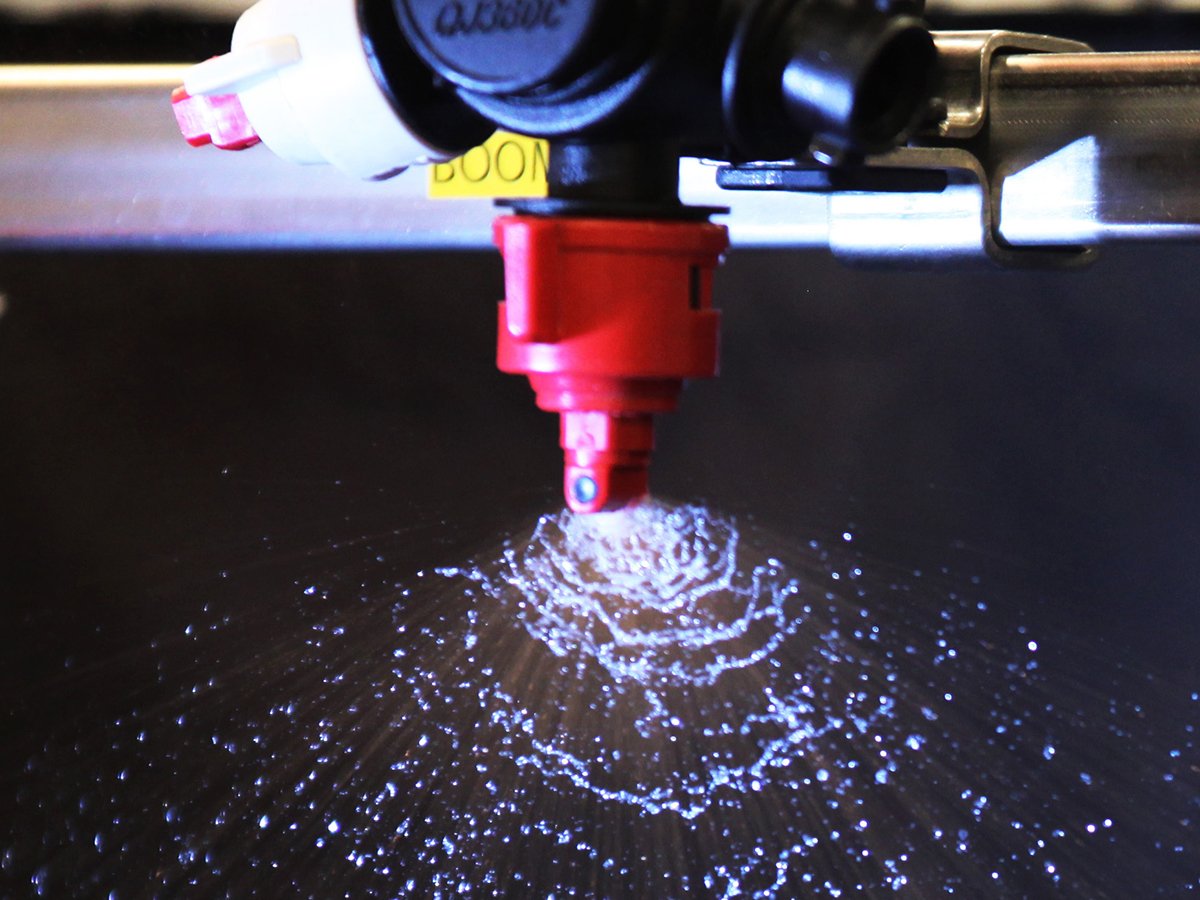Planting chickpeas looks like it was a good call for the scant collection of producers who decided to grow the crop this year.
Acreage is at its lowest level since 1998-99. The 150,000 acres planted on the Prairies this spring are a fraction of the record 1.1 million seeded two years ago. For those who did risk another year of fighting ascochyta blight, the gamble could pay off.
“Export and domestic demand for chickpeas will exceed production by a wide margin,” said Stat Publishing market analyst Brian Clancey in a recent article.
Read Also

Members of Parliament get earful about need for regulatory reform
Canadian farmers have long complained they don’t have access to products as quick as their American counterparts because of Canada’s rules.
Agriculture Canada is forecasting 60,000 tonnes of production, down 62 percent from last year’s crop of 156,000 tonnes.
Clancey said production is also down in three other key growing regions – Mexico, Turkey and the United States. He expects “keen competition” between domestic and export buyers for good quality seed from this year’s harvest. And from preliminary reports, a high percentage of the crop should make those top grades.
“Yield might be less, but the quality is going to be there,” said Saskatchewan Pulse Growers director Lloyd Affleck, who farms near Beechy.
He seeded 400 acres of kabulis this year and while he’s expecting only two-thirds of his regular yields, the quality is going to be better than usual.
“We haven’t had as much disease pressure as we have in past years.”
Ascochyta blight is still present, but the disease was more manageable this year. His crop required one less fungicide application than usual, saving about $16 per acre. He said top quality large kabulis could fetch 30 cents per pound this fall.
“If somebody has them, it’s time to market.”
His cousin, Lavern Affleck, president of the Regina processing firm CrownAg International Inc., agreed prices could rise this fall. But for now the opposite scenario is unfolding in India, where Australian exporters are undercutting Canadian product.
If there are better prices for new crop, it will likely originate in the U.S. or South America, he said.















